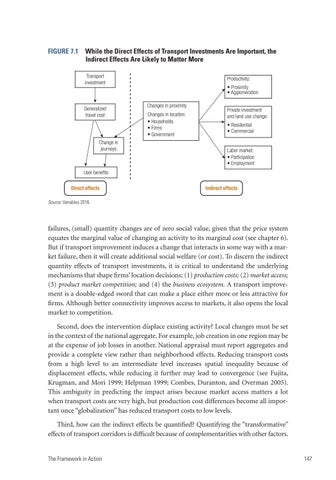FIGURE 7.1 While the Direct Effects of Transport Investments Are Important, the Indirect Effects Are Likely to Matter More Transport investment
Generalized travel cost
Change in journeys
Productivity: • Proximity • Agglomeration Changes in proximity Changes in location: • Households • Firms • Government
Private investment and land use change: • Residential • Commercial Labor market: • Participation • Employment
User benefits Direct effects
Indirect effects
Source: Venables 2016.
failures, (small) quantity changes are of zero social value, given that the price system equates the marginal value of changing an activity to its marginal cost (see chapter 6). But if transport improvement induces a change that interacts in some way with a market failure, then it will create additional social welfare (or cost). To discern the indirect quantity effects of transport investments, it is critical to understand the underlying mechanisms that shape firms’ location decisions: (1) production costs; (2) market access; (3) product market competition; and (4) the business ecosystem. A transport improvement is a double-edged sword that can make a place either more or less attractive for firms. Although better connectivity improves access to markets, it also opens the local market to competition. Second, does the intervention displace existing activity? Local changes must be set in the context of the national aggregate. For example, job creation in one region may be at the expense of job losses in another. National appraisal must report aggregates and provide a complete view rather than neighborhood effects. Reducing transport costs from a high level to an intermediate level increases spatial inequality because of displacement effects, while reducing it further may lead to convergence (see Fujita, Krugman, and Mori 1999; Helpman 1999; Combes, Duranton, and Overman 2005). This ambiguity in predicting the impact arises because market access matters a lot when transport costs are very high, but production cost differences become all important once “globalization” has reduced transport costs to low levels. Third, how can the indirect effects be quantified? Quantifying the “transformative” effects of transport corridors is difficult because of complementarities with other factors. The Framework in Action
147

